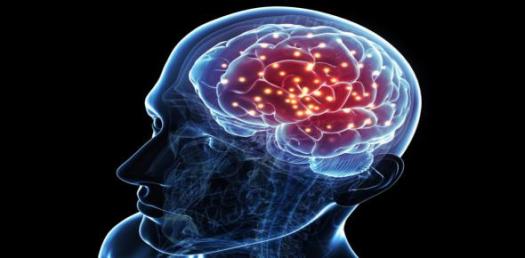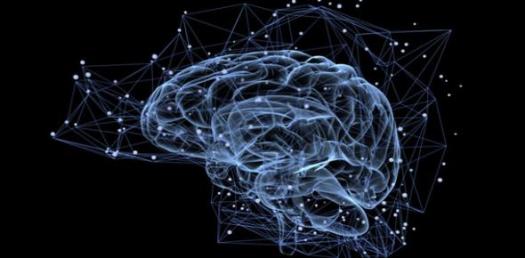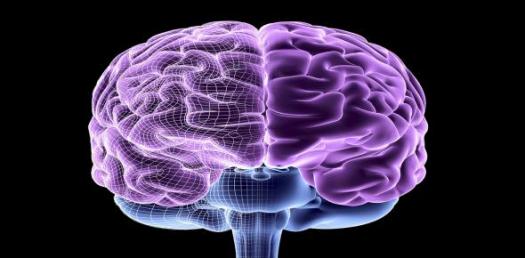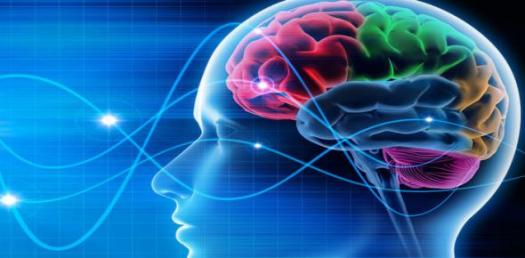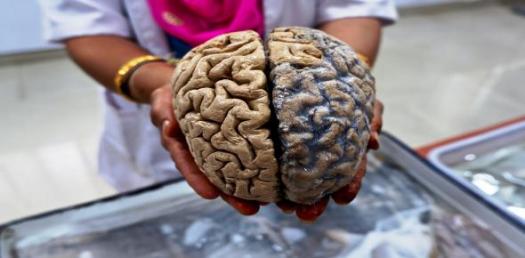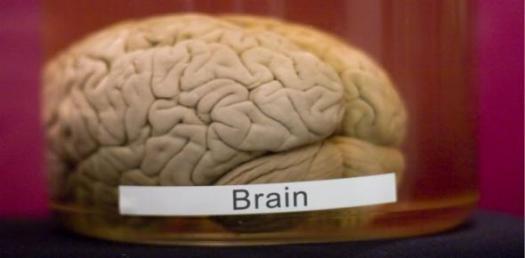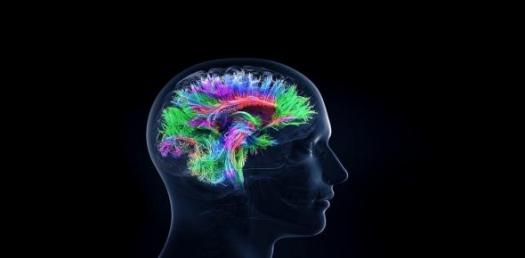Child Brain Development! Trivia Questions Quiz

Since the brain is the seat of intelligence, learning and memory, it is an important par of the body that be well-developed to function maximally. A child is in his/her formative years and science has shown that biological changes that result in brain development occur during childhood. Here are trivia questions about brain development during childhood. Answer them!
- 1.
What part of a child's brain looks like a widening stalk?
- A.
Medulla oblongata
- B.
Brainstem
- C.
Hypothalamus
- D.
Cerebral cortex
Correct Answer
B. BrainstemExplanation
The brainstem is the correct answer because it is the part of the brain that connects the spinal cord to the rest of the brain. It is located at the base of the brain and resembles a widening stalk. The brainstem is responsible for many vital functions such as controlling breathing, heart rate, and consciousness.Rate this question:
-
- 2.
What part of child's developing brain controls breathing?
- A.
Medulla oblongata
- B.
Pons
- C.
Hypothalamus
- D.
Brainstem
Correct Answer
D. BrainstemExplanation
The brainstem is the part of the child's developing brain that controls breathing. It is responsible for regulating and coordinating the basic functions of the body, including breathing, heart rate, and blood pressure. The medulla oblongata and pons are specific regions within the brainstem that play a crucial role in controlling respiratory functions. The hypothalamus, on the other hand, is responsible for regulating body temperature, hunger, and thirst, but not directly involved in controlling breathing.Rate this question:
-
- 3.
What part of a developing brain is usually the largest?
- A.
Cerebellum
- B.
Cerebrum
- C.
Hypothalamus
- D.
Pons
Correct Answer
B. CerebrumExplanation
The cerebrum is usually the largest part of a developing brain. It is responsible for higher cognitive functions such as thinking, memory, and language. It is divided into two hemispheres and is further divided into lobes, each with specific functions. The cerebrum plays a crucial role in sensory perception, motor control, and overall brain function.Rate this question:
-
- 4.
When does a child's brain begin to form?
- A.
Age 2
- B.
Conception
- C.
Age 4
- D.
Birth
Correct Answer
B. ConceptionExplanation
A child's brain begins to form at conception. This is the moment when the sperm fertilizes the egg, and the process of embryonic development begins. The brain is one of the first organs to develop in the embryo, and it continues to grow and develop throughout pregnancy. By the time a child is born, their brain has already undergone significant development, laying the foundation for future cognitive and neurological functions.Rate this question:
-
- 5.
How long does it take a child to transform to a toddler?
- A.
Six months
- B.
Twelve months
- C.
Eighteen months
- D.
Twenty four months
Correct Answer
B. Twelve monthsExplanation
A child typically transforms into a toddler at around twelve months of age. This is when they start to develop certain motor skills, such as walking and talking, and begin to explore their surroundings more independently. At this age, they also start to develop their own personality and become more curious about the world around them.Rate this question:
-
- 6.
How many are the operational changes that occur brain development?
- A.
Three
- B.
Four
- C.
Two
- D.
Five
Correct Answer
A. ThreeExplanation
The correct answer is Three. This suggests that there are three operational changes that occur during brain development. The question is asking for the number of operational changes, and the answer implies that there are specifically three such changes.Rate this question:
-
- 7.
What is the most important biological chemical in brain development?
- A.
Growth hormone
- B.
Insulin
- C.
Thyroxine
- D.
Erythropoietin
Correct Answer
C. ThyroxineExplanation
Thyroxine is the most important biological chemical in brain development. It is a hormone produced by the thyroid gland and plays a crucial role in regulating the growth and development of the brain. Thyroxine is essential for the formation and maturation of neurons, as well as the myelination process, which is important for the proper functioning of the nervous system. It also influences synaptic transmission and the overall metabolism of the brain. Therefore, the presence of adequate levels of thyroxine is necessary for optimal brain development.Rate this question:
-
- 8.
Which of the following is the most factor in brain development?
- A.
Diet
- B.
Genetics
- C.
Environment
- D.
Hormones
Correct Answer
B. GeneticsExplanation
Genetics is the most important factor in brain development because it determines the structure and function of the brain. Genes play a crucial role in the formation and organization of neural connections, as well as the development of specific brain regions. While diet, environment, and hormones also contribute to brain development, they are secondary factors that can influence gene expression and modify the genetic instructions. However, the underlying genetic blueprint ultimately determines the potential and trajectory of brain development.Rate this question:
-
- 9.
Which of these modulate brain development in children?
- A.
Hormones
- B.
Relationship
- C.
Experience
- D.
Learning
Correct Answer
A. HormonesExplanation
Hormones play a crucial role in brain development in children. They are chemical messengers that regulate various physiological processes in the body, including brain development. Hormones such as growth hormone, thyroid hormone, and sex hormones like estrogen and testosterone are essential for the development of the brain and its various structures. These hormones influence neuronal growth, synaptic connections, and overall brain maturation. Therefore, hormones are an important factor in modulating brain development in children.Rate this question:
-
- 10.
What part of a drooping brain control sleep?
- A.
Cerebrum
- B.
Cerebellum
- C.
Hypothalamus
- D.
Pons
Correct Answer
C. HypothalamusExplanation
The hypothalamus is responsible for controlling sleep because it regulates the body's internal clock, known as the circadian rhythm. It receives information from the eyes about light and darkness, which helps to synchronize sleep-wake cycles. The hypothalamus also produces and releases hormones, such as melatonin, that help regulate sleep. Additionally, it controls the release of other neurotransmitters that promote sleep and wakefulness. Therefore, the hypothalamus plays a crucial role in regulating the sleep-wake cycle and overall sleep patterns.Rate this question:
-
Quiz Review Timeline +
Our quizzes are rigorously reviewed, monitored and continuously updated by our expert board to maintain accuracy, relevance, and timeliness.
-
Current Version
-
Feb 28, 2023Quiz Edited by
ProProfs Editorial Team -
Jun 20, 2019Quiz Created by
Gregorynaomi
 Back to top
Back to top



